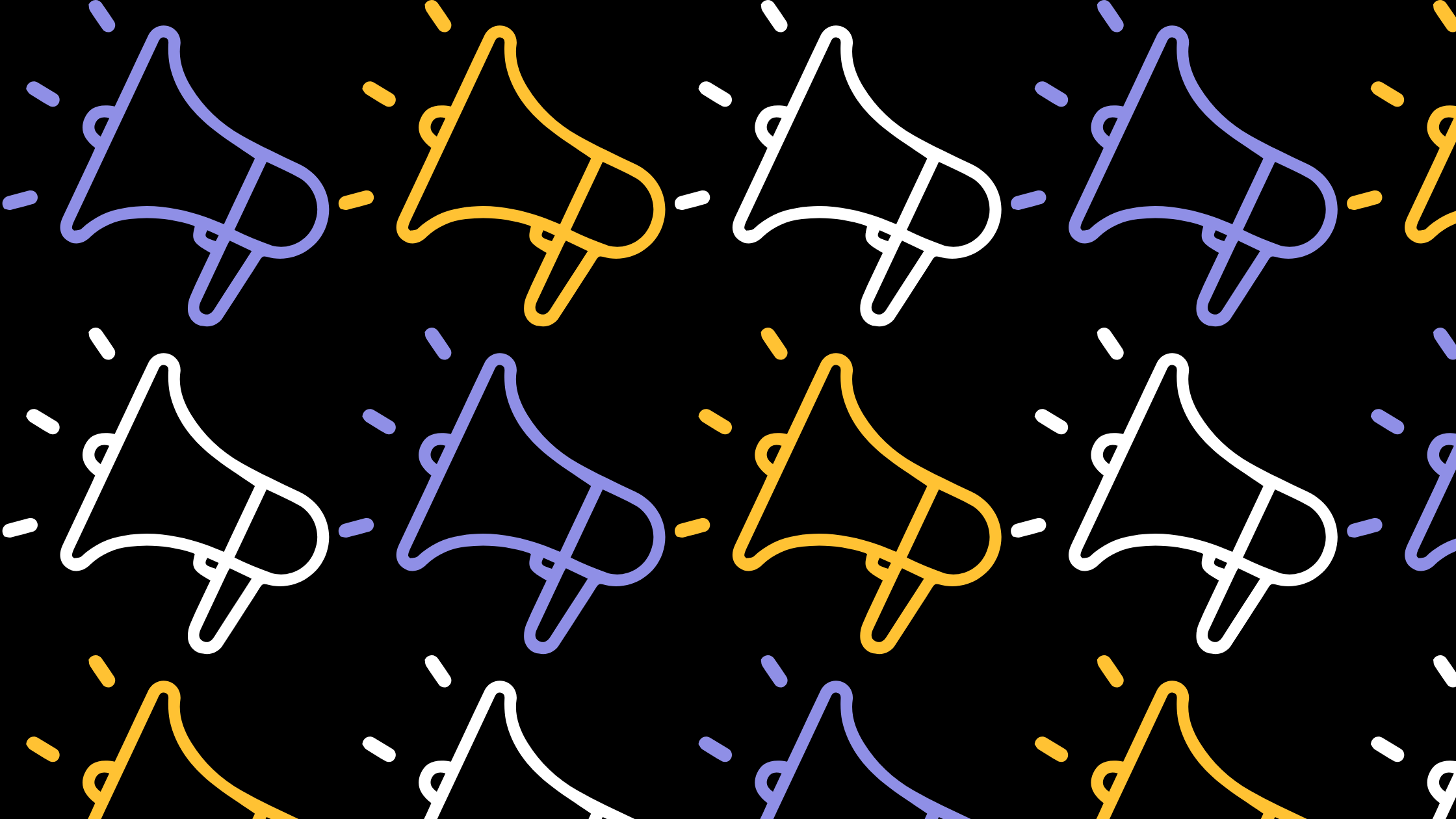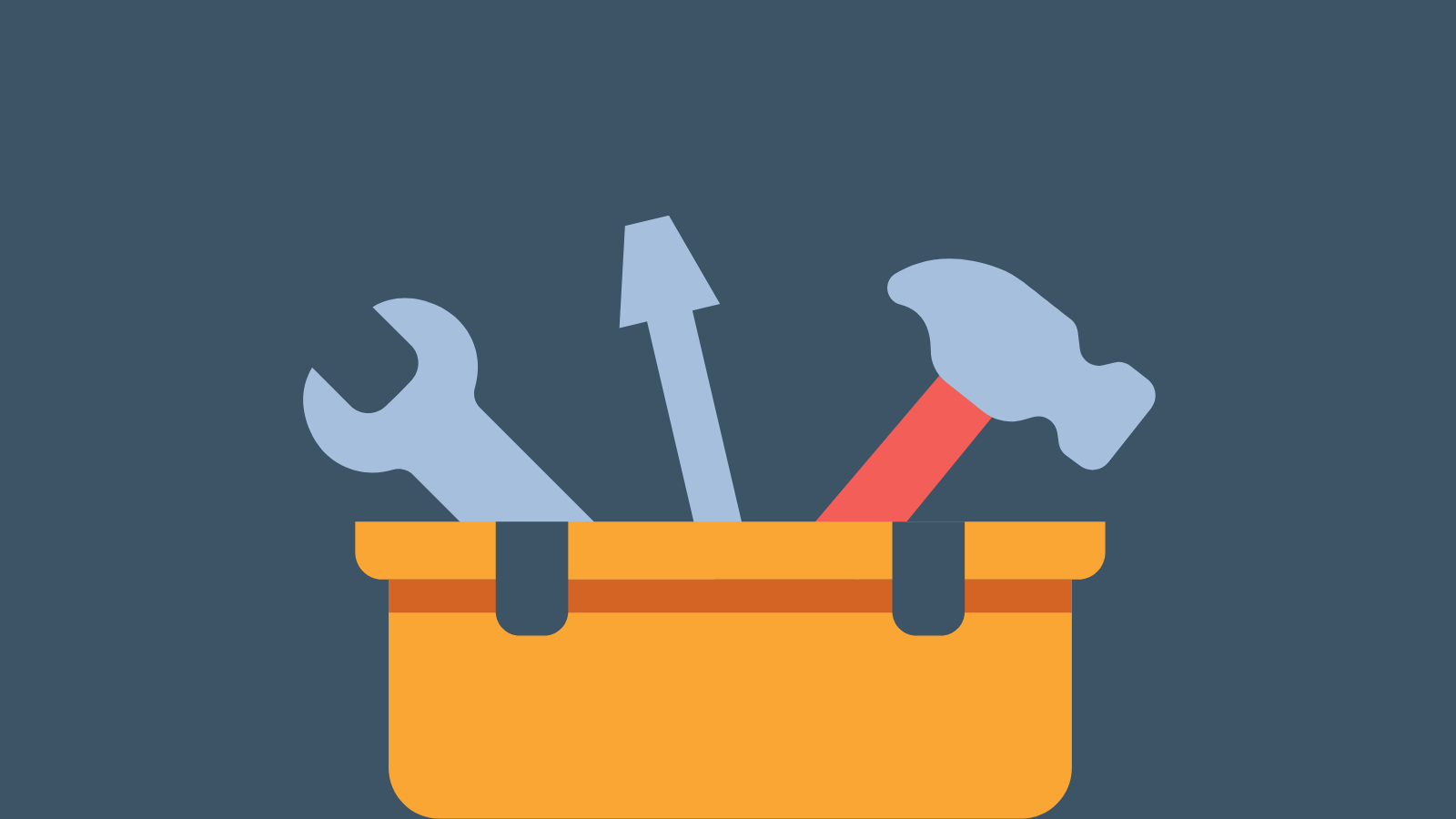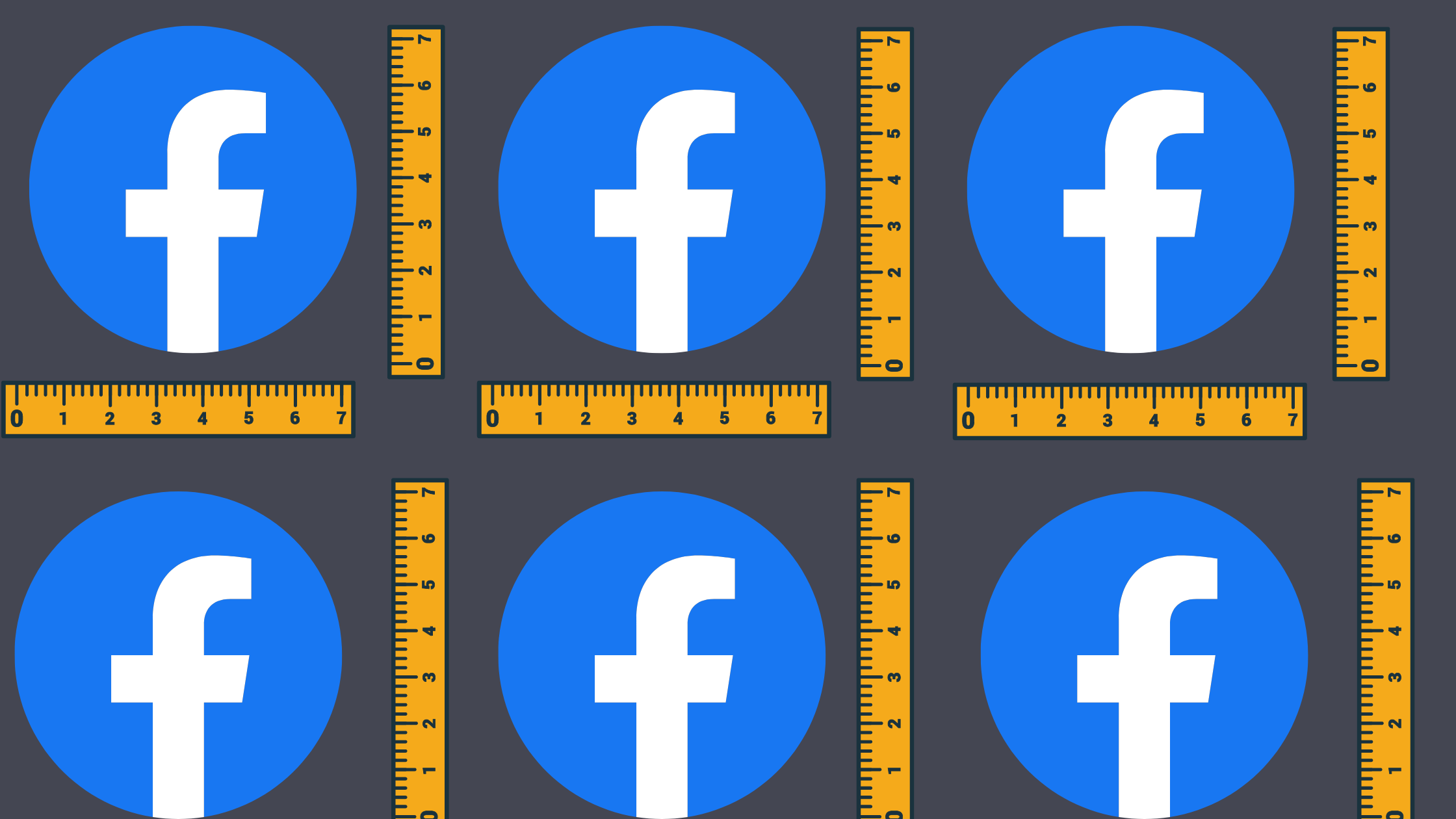Every business wants new customers. You can find them by creating a customer acquisition strategy. Effective customer acquisition doesn’t just mean more people buying your products or services, it also increases your return on investment and improves your profit margins. Let’s get started on your strategy.
What is Customer Acquisition?
Customer acquisition is the series of actions a company takes to get new customers. A solid customer acquisition plan helps your business:
- win new business
- retain loyal customers
- improve profits
Customer acquisition covers every part of the customer journey, including
- Lead generation
- Activation
- Customer loyalty
- Conversion rate optimization
The customer acquisition process starts at first contact with a new customer. Once the customer makes a purchase, the process rolls into your customer retention strategy. These two processes work together to find and keep customers for your business.
.png?width=1600&name=Three%20people%20with%20two%20arrows%20in%20a%20circle%20around%20them%20(1).png)
The Customer Acquisition Funnel
The customer acquisition funnel is a visual representation of the customer journey from becoming aware of the brand to making a purchase. This funnel has three main stages:
- Brand Awareness
- Consideration
- Decision
Brand Awareness
The goals of the awareness stage are to make your target audience aware of your brand and to generate leads. At this stage, most businesses focus on the broad audience that may be interested in your products but don’t have a clear intention to buy.
Consideration
When a potential customer takes an action that shows interest in your company but hasn’t made a purchase yet, they move to the consideration stage. Examples of actions that express interest include signing up for an email list or following your company on social media.
Decision
Once a potential customer takes an action that shows a strong intent to buy, they move to the final stage of the customer acquisition funnel. For example, adding an item to their cart or signing up for a free trial. At this stage, businesses often send incentives, like a discount code, to nudge prospects closer to making a purchase.
.png?width=1600&name=The%20conversion%20funnel%20(1).png)
What is Acquisition Marketing
Acquisition marketing is creating marketing campaigns that target potential customers who are already aware of your brand and are considering making a purchase.
Digital Acquisition Marketing
Digital acquisition marketing uses online channels to target and attract new customers. Channels in a digital acquisition marketing strategy include
- Organic search
- Social media
- Display advertisements
- And more
The strongest digital acquisition strategies involve cooperation between the digital marketing team and the customer service team. The marketing team creates new materials to attract new customers and the customer service team uses their direct line to current customers to encourage them to promote your business.
For example, a website visitor might read the materials your marketing team created and decide to buy your product right then. They also might reach out to customer service to ask them questions that could make the difference between converting and walking away. A potential customer could also reach out via social media and speak to a customer support representative.
In these ways, the customer service team has almost as much power to nudge new customers towards conversion and keep them coming back as the marketing team does.
![]()
Customer Acquisition vs. Customer Retention
Customer acquisition is how a business gains new customers, from attracting them to your brand to persuading them to make a purchase. Customer retention is the process of keeping these new customers coming back after they’ve made a purchase through building customer relationships.
A positive, user-friendly customer experience through every stage of the customer life cycle is an effective part of customer acquisition efforts and retention efforts alike.

How to Create a Customer Acquisition Strategy
1. Identify Your Ideal Customers
The first step in any customer acquisition plan is to understand your customer base. This includes your current and target audiences. Create buyer personas based on information about your ideal customers, including:
- What they want to accomplish with your products or services
- Their struggles and pain points
- Their demographics
- The benefits they look for
- Where they find information
![]()
2. Set Goals
Setting goals for any marketing strategy is important for making sure you’re on the right track. To create an acquisition plan that matches your overall business goals, measure customer acquisition metrics like
- customer lifetime value (CLV)
- monthly recurring revenue (MRR)
- customer acquisition costs (CAC)
- churn rate
.png?width=1600&name=A%20soccer%20goal%20(1).png)
3. Choose Your Customer Acquisition Channels
A customer acquisition channel is any place where customers interact with your brand for the first time. Some popular customer acquisition channels for bringing in new customers include:
- Search Engine Optimization(SEO)
- Content Marketing
- Social Media
- TikTok
- Email Marketing
- Referral Programs
- Paid Advertising
- Influencer Partnerships
- Event Marketing
- Traditional Advertising
![]()
4. Develop a Unique Strategy for Each Channel
It can be tempting to use all of the channels right away, but doing that without a plan for each one can do more harm than good for your strategy. Start with channels that you know your target audience uses. When you create a marketing strategy for each acquisition channel, focus on:
- Content your audience interacts with
- What your competitors are posting
- What your KPIs tell you
Research the best practices for each channel you use so you can get the most out of your customer acquisition efforts on each channel.
.png?width=1600&name=A%20piece%20of%20paper%2c%20a%20pencil%2c%20and%20a%20megaphone%20(1).png)
5. Ask For Feedback From Your Customer Base
Direct feedback from customers is a vital tool for finding and fixing the gaps in your customer acquisition and retention strategies. Some great ways to communicate with your customer base include:
- Customer surveys and interviews
- Email contact forms
- Social media posts
- Blog posts
![]()
6. Measure and Improve Your Strategy
Any online business needs to use analytics. Customer acquisition analytics can tell you:
- Where customers hear about your company
- Where they buy your products
- Where they live
- And more!
Some common customer acquisition metrics include:
- Customer acquisition costs (CAC)
- New customer growth
- Customer lifetime value (LTV)
- Churn rate
- Ratio of lifetime value to customer acquisition cost (LTV:CAC)
.png?width=1600&name=Upward%20Trending%20line%20graph%20with%20magnifying%20glasses%20(1).png)
Calculating Customer Acquisition Cost (CAC)
CAC = MC / CA
Where CAC = customer acquisition cost
MC = marketing costs
CA = customers acquired
How to Reduce Customer Acquisition Cost
Retarget Customers
Customers leave websites without completing their actions all the time. The most obvious example is putting an item in their cart. Retargeting gives them a gentle nudge towards finishing that purchase. To successfully retarget your customers, you’ll need as much data as you can get on their behaviors, preferences, and motivations. Installing the Facebook and Instagram pixels on your website is an easy way to collect this data.
.png?width=1600&name=A%20target%20with%20an%20arrow%20hitting%20the%20center%20(1).png)
Improve the Sales Funnel
An effective sales funnel helps a company guide customers to becoming paying customers. Making your sales funnel as efficient as possible is essential for lowering customer acquisition costs. Data analytics software and SaaS companies can help you locate bottlenecks in the sales funnel.
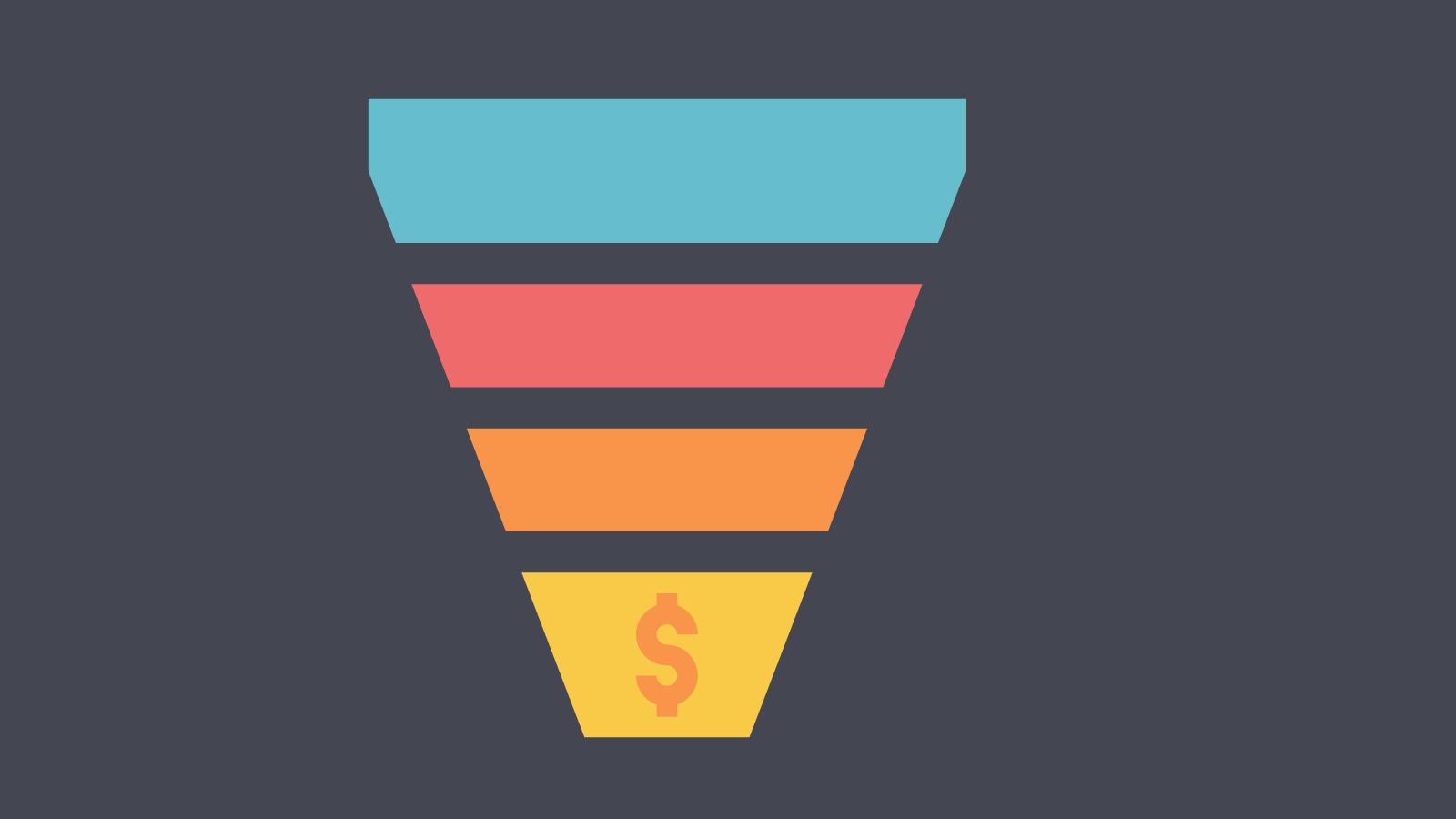
Improve Website Conversion Efforts
Your website is the best place to make conversions, so make sure the parts of the site that drive conversions are working their hardest. Here are a few things you can do to make your website a conversion machine:
- Strengthen your calls to action
- Make sure your site is mobile-friendly
- Optimize your landing pages
- Clean up your copywriting
A/B testing these items is the best way to make sure your website is tailored to your audience.
.png?width=1600&name=Tiny%20people%20dropping%20website%20design%20elements%20into%20place%20(1).png)
Optimize Your Customer Acquisition Strategy As You Go
Take some time to break down what each acquisition channel is costing you. Then look for areas where you can cut back on marketing spending. Since costs for most channels get higher over time, finding newer and cheaper channels to invest in can lower your CAC.
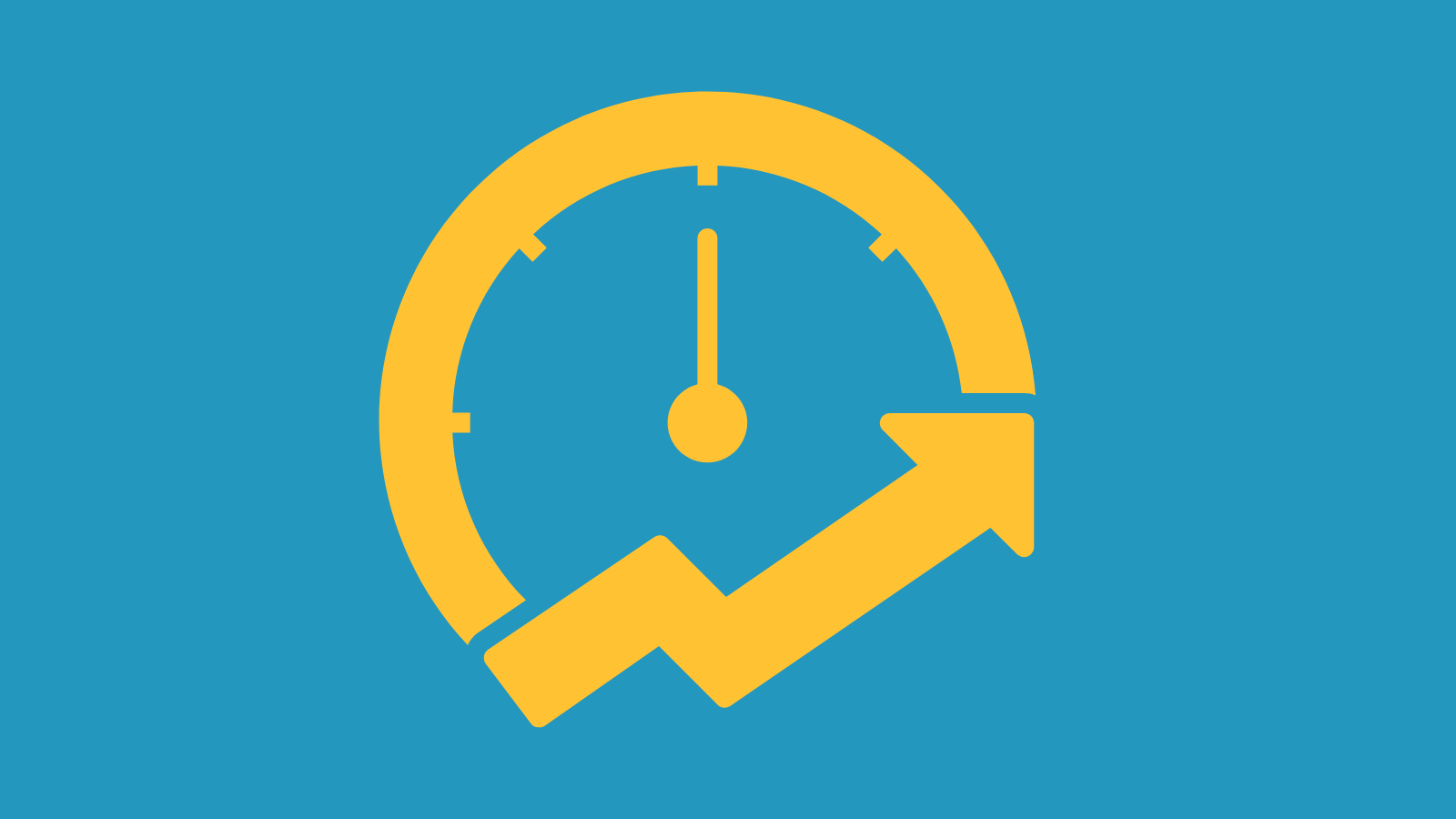
How to Improve Your Customer Acquisition Strategy
Take a Sustainable Approach
A sustainable customer acquisition strategy means that the investments you make (whether money, time, or human) pay off in the long run. For example, if a blog is part of your new customer acquisition strategy, don’t just plan for one or two posts and call it good. You should get whatever you need for your blog to bring new organic traffic for months or even years.

Build a Flexible Strategy
Flexibility is another vital aspect of any good customer acquisition strategy. Marketing, sales, and the ways people respond to companies are always changing, so your strategy should too.
For example, sales teams used to be the ultimate source of information on products and services, but consumers have gotten more skeptical of claims that brands make. A recent HubSpot Research study found that 81% of consumers trust the advice of family and friends over businesses. We don’t know for sure what the future holds, so build a little flexibility into your strategy for other developments like this.

Diversify Your Approach
When you use a wide variety of acquisition methods, you increase your chances of reaching new audiences. Diversifying your customer acquisition strategy also helps you balance risk and reward. If one channel isn’t doing as well as you thought it would, it’s easier to reallocate funds for a channel that performs better.
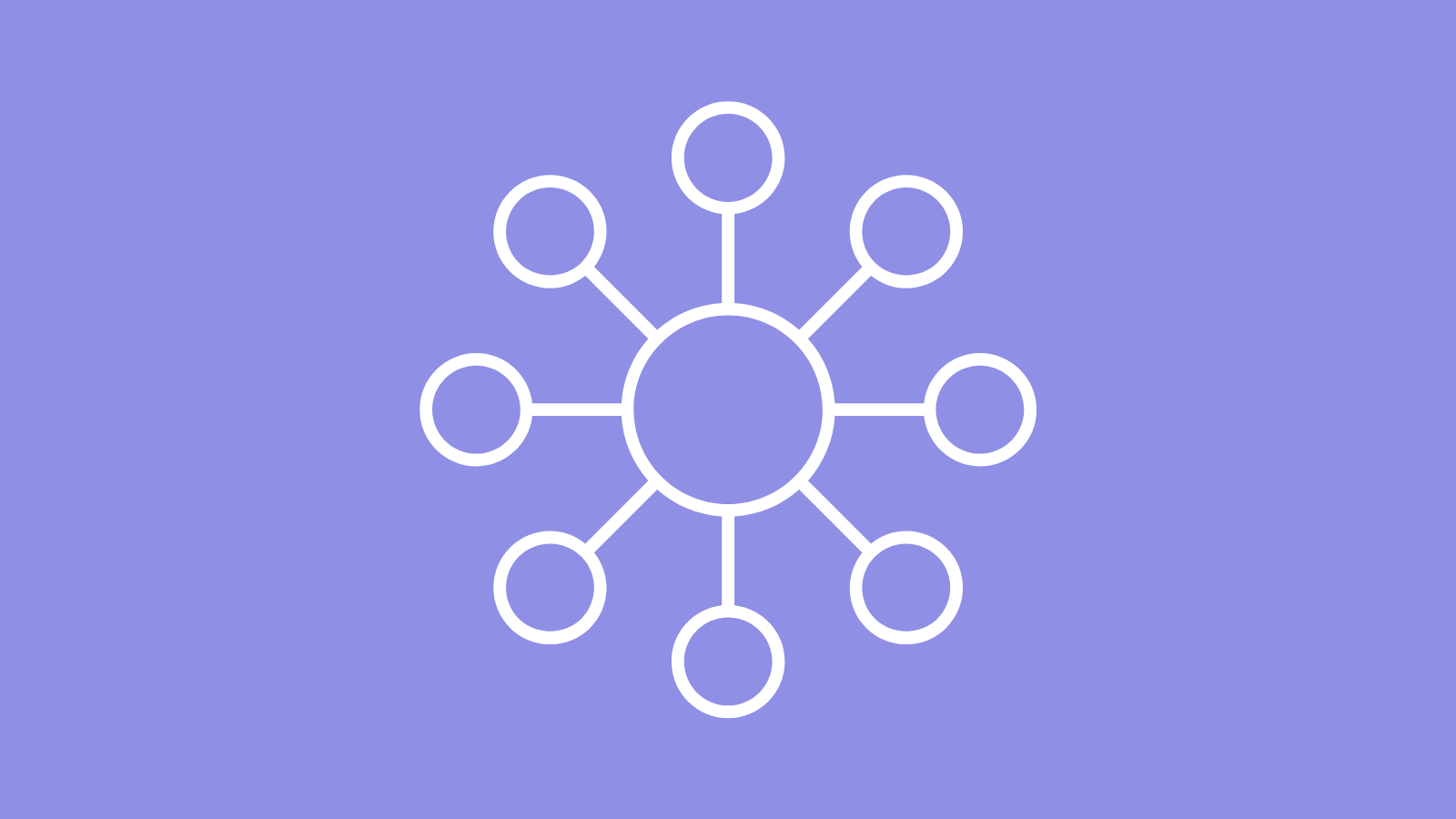
Track Your Customer Lifetime Value
Customer lifetime value is the estimated net profit that an individual or business will provide over their lifetime as a paying customer. Customers with high LTV are more expensive to acquire than those with low LTV, but they provide the greatest value in terms of revenue, feedback, and referrals.
Understanding your customer lifetime value helps you get to know how your customers interact with your business. It can also help influence business decisions across departments because it provides a clear dollar value of your marketing efforts.
Here are a few pieces of information you’ll need to calculate your customer LTV:
- Average purchase value: the value of all purchases by customers over a particular time frame, usually a year, divided by the number of purchases in that period
- Average purchase frequency: the number of purchases in that same time period divided by the number of customers who made a transaction over the same period
- Customer value: the average purchase frequency multiplied by the average purchase value
- Average customer lifespan: the average length of time a customer continues to buy from you
The customer LTV along with the CAC, help companies figure out how long it takes to replace each investment they make in acquiring new customers and how to prioritize their acquisition budget.
.png?width=1600&name=A%20magnifying%20glass%20and%20a%20bar%20graph%20(1).png)
Decrease Customer Churn
Customer churn is the percentage of customers that stop doing business with you. It’s also known as customer attrition or turnover. Businesses with high churn rates typically spend more on customer acquisition methods. That means decreasing churn and improving your customer retention methods can help lower your customer acquisition costs.

Customer Acquisition Tools
Drift
Drift’s uses a chatbot to connect prospects with your sales reps. Then it weeds out prospects by asking qualification questions. This way your sales rep can save time by only staying in touch with prospects who have strong conversion potential.
Unbounce
Unbounce is a drag and drop builder for landing pages, sticky bars, and popups. It makes creating high converting landing pages easy and efficient.
OptiMonk
Did you know that 97% of website visitors leave without making a purchase? OptiMonk aims to lower that number with their exit-intent pop-up tool that’s designed to capture abandoning visitors. They’ve expanded their offerings over the years to help business owners
- Increase their subscribers
- Aggregate feedback
- Improve conversion rates
- Reduce shopping cart abandonment
ReferralCandy
ReferralCandy offers tools to create and automate referral programs that keep new customers and existing customers alike coming back. These tools include:
- Post-purchase pop-ups
- VIP rewards
- Integrations with Klaviyo, Facebook, and Google Ads
- And more!
GetResponse
GetResponse is an all-in-one online marketing platform with features like:
- Email marketing
- Marketing automation
- Webinars
- High-converting landing pages
These tools can help you plan your customer journeys, and improve the customer experience.
HotJar
Hotjar can help you improve your customer journeys by using analysis and feedback tools to track your users’ online behavior. Hotjar can:
- Visually represent click-through rates through heatmaps
- Record visitor behavior onsite
- Test landing pages
- Analyze forms to improve completion rates.
- Aggregate feedback by creating polls or surveys
- Recruit user testers.
MailChimp
MailChimp is an email marketing automation platform where you can create, design, and share email marketing campaigns with the relevant customers and potential customers. You can also use it to
- Acquire potential customers
- A/B test campaigns
- Create reports
- Personalize your email marketing
Outgrow
Outgrow helps marketing teams create interactive content like calculators, forms, and quizzes that can boost lead generation and go viral. The calculators are also a good addition if your content discusses the cost and financial figures.
Their analytics features include hyper-targeted sales outreach, the ability to track traffic from search engines and improve conversion rate optimization from across all your marketing channels.
Wunderkind
Wunderkind identifies 40% of a site’s anonymous traffic Marketers can then use the data to
- Personalize the customer experience
- Send triggered emails
- Create targeted ads
- Invest in premium ad placements
Privy
Privy offers tools for conversion, email marketing, and website widgets. These include:
- Pop-ups
- Spin-to-win wheels
- Cart savers
- Free shipping and sign-up bars
- Banners
- Flyouts
- Embedded forms
How Sav Can Help
Building your own website gives current and potential customers a one stop shop for learning about your company, purchasing products, scheduling appointments, and more. It’s the ultimate tool for your customer acquisition funnel. Here at Sav, we make building and managing your website easy and affordable for small businesses of all budgets. Start your free trial today to learn how!
Newsletter
Popular
Top Articles
Recommended articles
A Complete Guide to Facebook Ad Sizes
Facebook ads are an essential part of any social media marketing strategy. Facebook may not be the most popular social network for the...
Read moreHow to Come up With Ecommerce Product Ideas
Whether you’re starting a new ecommerce business or expanding a pre-existing one, what products to sell online is an important decision....
Read moreThe 10 Best Providers for Print on Demand Books
Always wanted to write your own book? Self-publishing with a print on demand book service can make that dream a reality more easily than...
Read more
